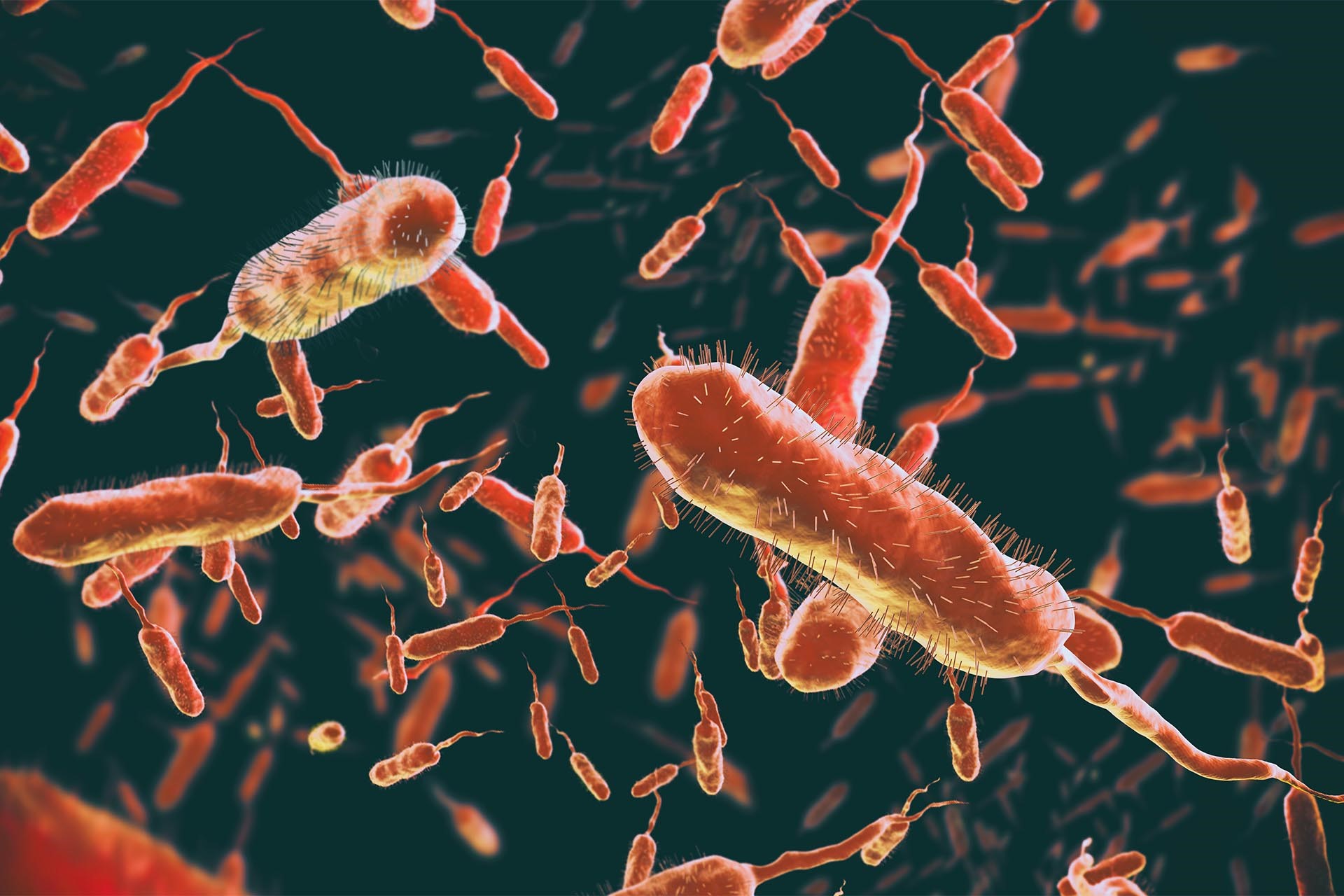
ໂລກອະຫິວາແມ່ນຫຍັງ?
Cholera is a disease with fecal-oral transmission, i.e. its spread begins with the expulsion of the pathogen through the faeces of the infected individual and ends with the ingestion by a healthy individual of contaminated food or water, and is caused by Vibrio cholerae, a bacterium that lives in water
This bacterial disease is particularly prevalent in areas where there is a lack of cleanliness, whether personal, lack of hygiene standards, or environmental, such as areas where waste is abundant.
The vibrio excreted in the environment survives for a long time, up to 14 days when it infects crustaceans; other foods particularly prone to carrying this germ are seafood and fish (especially if ingested raw or undercooked), vegetables and fruit.
In all these cases, however, water is the original means of transmission.
Germs excreted with faeces can, in fact, contaminate water used for irrigation, and this leads to the contamination of foodstuffs, or water that then flows into the sea.
In any case, it is the poor or ineffective application of water purification systems that makes contagion possible.
If water purification systems are ineffective, transmission also occurs by ingesting contaminated water precisely or drinks made with contaminated water.
More rare but nevertheless possible is direct transmission from an infected individual to a healthy individual.
ອາການຂອງພະຍາດອະຫິວາ
This bacterial disease has an incubation period of 5 to 6 days.
In general, if contagion is suspected, if the disease does not manifest itself within 10 days, it can be assumed that contagion has not occurred.
It is possible to detect so-called benign forms of cholera because they are accompanied by very mild symptoms.
But there are perhaps and even more frequent forms that last longer with the typical symptomatology of this infection and, finally, fulminant forms that determine the death of the sick person in a very short time (1/2 days): from this point of view, the contagion of children is particularly dangerous.
In any case, the symptoms of cholera also depend on the infecting bacterial load and the pre-existing clinical condition of the affected person
During the incubation period, vibrios attack the individual’s digestive tract.
The typical symptomatology of cholera is diarrhoea.
The diarrhoeal discharges are initially colourless, within 24 hours of their appearance they first become more watery, causing large losses of potassium and calcium, then increasingly liquid.
The body obviously becomes substantially debilitated, the individual experiences a widespread sense of tiredness, mental confusion and drowsiness.
Fever is not part of the symptoms; on the contrary, the sufferer may break out in a cold sweat or have dry, cold skin, is particularly thirsty, and diuresis is minimised or absent altogether.
The continuous release of diarrhoeal discharges over time also causes abdominal muscle cramps and ອາການປວດຮາກ, which worsens the body’s dehydrated state.
Blood pressure also drops considerably, to below 36°C.
The first 24 to 36 hours are crucial for the sick person, as the possibility of recovery depends on the individual’s reaction to these symptoms.
ການປິ່ນປົວ
At the onset of symptoms, the sick person should be taken to hospital.
The therapy required to help the organism react to these symptoms includes the administration of saline and antibiotics.
It is also essential to support the body by counteracting the loss of fluids and salts.
This medical therapy must be accompanied by hygiene rules to prevent the spread of contagion; some of these rules may also be useful as prevention, especially if one travels to areas at risk:
- hospital isolation of the sick person
- disinfect the sick person’s clothes and the environment in which he or she has been staying
- ອາຫານປຸງແຕ່ງອາຫານ
- boil water or treat it with disinfectants
- use a good purification system to eliminate bacteria excreted with faeces
- family members or people who have been in contact with the sick person may resort to administering a vaccine
ອ່ານຍັງ:
ມີຊີວິດສຸກເສີນຫຼາຍຂຶ້ນ…ສົດ: ດາວໂຫລດແອັບຟຣີໃໝ່ຂອງໜັງສືພິມຂອງເຈົ້າສຳລັບ IOS ແລະ Android
Halting Cholera, ໂຮງຮຽນການແພດ Harvard: "ການຄົ້ນພົບເປົ້າ ໝາຍ ວັກຊີນ ໃໝ່"
ໂລກອະຫິວາໂມກາບິກ - ກາແດງແລະຊີກວົງເດືອນແດງເພື່ອຫລີກລ້ຽງໄພພິບັດ
ການອາບແດດໃນລະຫວ່າງການຖືພາ: ຄໍາແນະນໍາສໍາລັບລະດູຮ້ອນທີ່ປອດໄພ
ຄວາມເຈັບປວດແລະການພິຈາລະນາເປັນເອກະລັກ ສຳ ລັບການຖືພາ
ຄໍາແນະນໍາສໍາລັບການຄຸ້ມຄອງຜູ້ປ່ວຍເຈັບເປັນປະຈໍາ
ສຸຂະພາບຂອງແມ່ແລະເດັກ, ຄວາມສ່ຽງທີ່ກ່ຽວຂ້ອງກັບການຖືພາໃນໄນຈີເຣຍ
ວິທີການໃຫ້ການດູແລທາງການແພດສຸກເສີນທີ່ຖືກຕ້ອງກັບແມ່ຍິງຖືພາທີ່ມີອາການບາດເຈັບ?
Toxoplasmosis, ສັດຕູ Protozoan ຂອງການຖືພາ
ການທົດສອບການຖືພາແບບປະສົມປະສານ: ມັນແມ່ນຫຍັງ, ເມື່ອໃດທີ່ມັນເຮັດ, ມັນແນະນໍາໃຫ້ໃຜ?
Toxoplasmosis: ອາການແມ່ນຫຍັງແລະວິທີການສົ່ງຕໍ່ເກີດຂື້ນ



